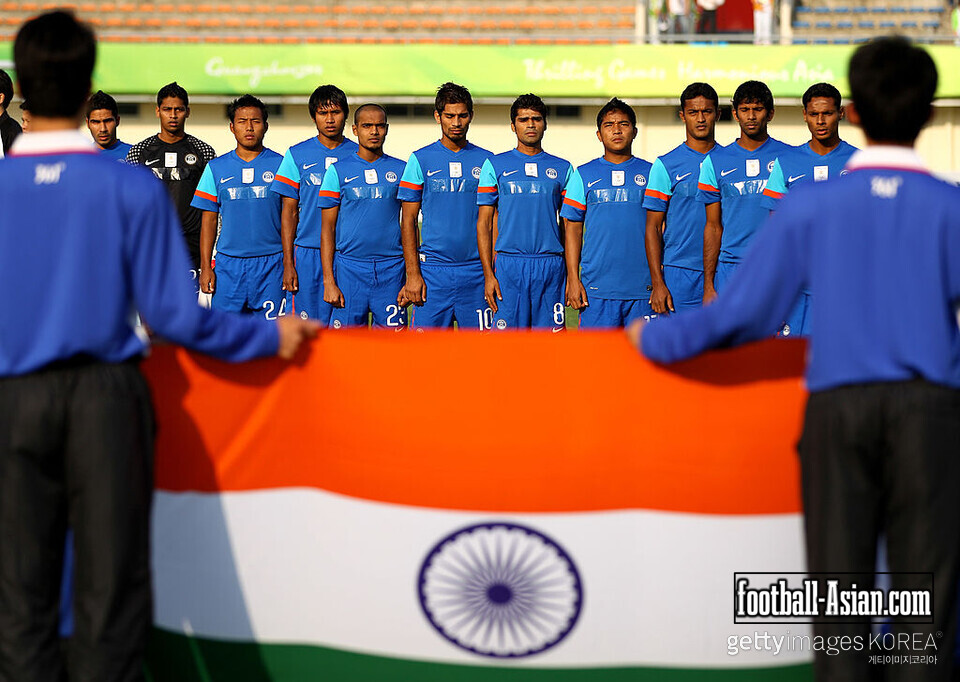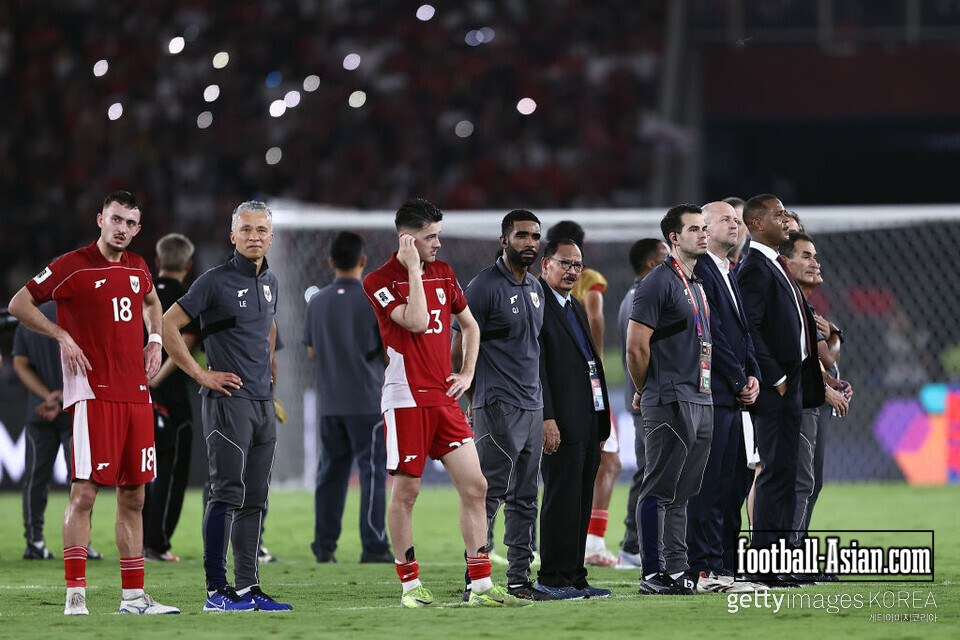The Passport Race: How India’s Naturalisation Drive Could Redefine Asian Football

In the ever-evolving battleground of international football, Asia is witnessing a new kind of arms race. It’s not about tactics, money, or infrastructure — it’s about passports.
What began as a quiet policy shift in Southeast Asia has now erupted into a continental phenomenon, with countries scrambling to fortify their national teams through aggressive naturalisation policies. And now, the world’s most populous nation is joining the fray.
On 22 June, Chinese media reported that the All India Football Federation (AIFF) had contacted no fewer than 33 players as part of a groundbreaking strategy to open the Indian national team to a broader diaspora — specifically Overseas Citizens of India (OCI). In doing so, India has signalled its intent to leverage its massive global population to compete on football’s biggest stages.
A Strategic Shift
Until now, only holders of Indian passports were eligible to represent the national team. That policy has long been viewed as restrictive, especially for a country with tens of millions of overseas descendants. But under the leadership of AIFF president Kalyan Chaubey, the door is now opening to OCI players — many of whom were born and raised in footballing nations such as the United Kingdom, where Indian diaspora communities are large and vibrant.
An Indian publication described the change as a “hopeful step” toward boosting the national team’s quality. It added that the identities of the 33 contacted players — many believed to be active in England’s Championship and League One — are being kept confidential until FIFA eligibility approvals are granted.
The potential impact is immense. If successful, India could field players with superior training, tactical exposure, and physical conditioning, all without waiting for domestic systems to mature. Names like Michael Chopra, Danny Batth, and Neil Taylor — all British-born players of Indian descent with top-flight experience — offer a glimpse of what might have been, had previous regulations been more inclusive.

Indonesia Leads the Way
India’s move didn’t come in a vacuum. It was Indonesia’s bold naturalisation strategy that set the tone for Asia’s new approach to international football. Since the appointment of FA president Erick Thohir and former South Korea boss Shin Tae-yong, Indonesia has radically overhauled its squad, integrating players like Jordi Amat, Sandy Walsh, Rafael Struick, and Elkan Baggott, many of whom were born in Europe but have Indonesian heritage.
The result? For the first time in 88 years, Indonesia reached the fourth round of World Cup qualification, ousting China in the process with a historic 1-0 victory. Former Ballon d’Or runner-up Patrick Kluivert is now at the helm, and the squad’s growing competitiveness is seen as a direct product of its naturalisation policy.

Malaysia and Vietnam Respond
Spurred on by Indonesia’s success, Malaysia is ramping up efforts to naturalise players of mixed heritage. The Football Association of Malaysia has reportedly identified 37 Argentine-born players of Malaysian descent, with several already integrated into the squad, including Gabriel Palmetto (Spain) and Héctor Heveri (Netherlands). In June, Malaysia stunned Vietnam 4-0 — a performance powered in part by these new recruits.
Vietnam, stung by that defeat, is now reportedly scouting Vietnamese-heritage players abroad, with Brazilian-born Nguyen Xuan Son already turning heads as “Vietnam’s Son Heung-min.”
China’s Growing Anxiety
The regional trend has not gone unnoticed in China, where media outlets have begun voicing concern over the nation’s footballing future. In a report from NetEase, a stark warning was issued: “There are now very few weaker teams left for China to beat.” The publication went on to cite the growing strength of teams like Indonesia, India, and Malaysia — all of whom are expected to improve significantly in the coming years thanks to their naturalised talents.
This anxiety is well-founded. China’s own experiment with naturalisation, once seen as bold, has largely stalled. And with their shock exit from World Cup qualifying following the defeat to Indonesia, Chinese football is grappling with a harsh new reality — that even its regional neighbours are pulling ahead.
India’s Time to Act
The AIFF’s pursuit of 33 players may seem like a sudden reaction, but it’s one rooted in long-term potential. India is a country with a rich footballing history and an enormous untapped talent base, especially across its diaspora. If the naturalisation plan is executed effectively, the Blue Tigers could soon shed their perennial underdog status.
It is also a sign of the times. The modern game is increasingly global — shaped by migration, identity, and opportunity. For many players, representing a nation is no longer solely about birthplace, but also heritage, belief, and possibility.
As the “passport wars” reshape Asia’s footballing map, India’s entry into the race may mark a pivotal turning point. And for the rest of the continent — especially those still relying solely on domestic pipelines — the pressure is mounting.
관련기사
- TACTICS: Why Ulsan’s Improved Back Three Still Couldn’t Overcome Fluminense
- K League Lifts Ban on Foreign Goalkeepers After 27 Years: A New Chapter in Korean Football
- Tactical Collapse: Why Ulsan's Back Three Failed at the Club World Cup
- Darmstadt-Linked Pohang Striker Lee Ho-jae Earns First Senior Korea Call-Up for 2025 EAFF E-1 Championship
- Park Hang-seo Guides Bac Ninh FC to Historic First Promotion to Vietnam’s Professional Leagues
- Could Kenneth Schmidt Swap Germany for Vietnam? VFF Tracking Over 100 Overseas Talents in Bold National Team Plan
- New Citizenship Law Ignites Vietnam’s 100-Player Naturalisation Masterplan
